
Digital Audio
Confused by word clock? When is it best to normalise a signal? Are optical cables a con? Paul White answers these and other questions we're most often asked about digital audio.

Confused by word clock? When is it best to normalise a signal? Are optical cables a con? Paul White answers these and other questions we're most often asked about digital audio.
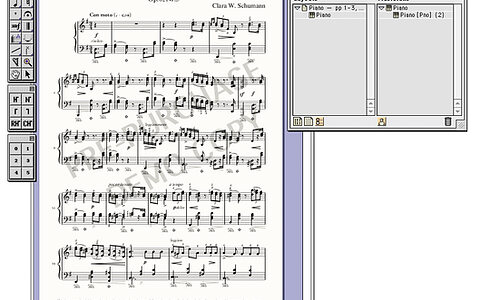
Vic Lennard gives soume sound advice on hard disk partitioning and also points the way to some useful free music notation software.

A new interfacing standard is just around the corner which can carry digital audio, MIDI, timecode and hard drive communications down a single cable, in addition to the digital video and multimedia signals which the likes of Sony, Apple and others are already sending down it. Paul Wiffen, long an advocate of high-speed digital interfaces, investigates and finds that he may just have a new religion to evangelise.
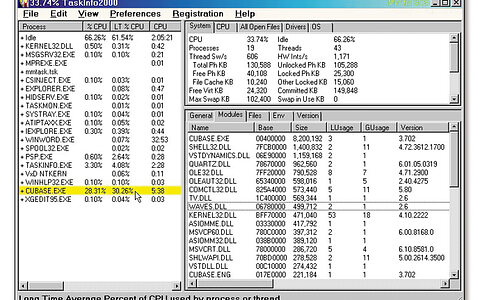
Utilities for monitoring CPU usage and file accesses are less than entertaining, but Martin Walker finds them invaluable for finding out what's going on inside his PC...
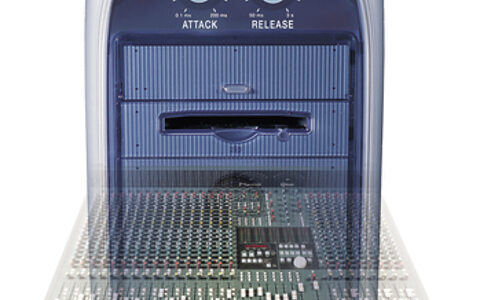
In the first part of a new series, Paul White looks at the business of setting up a desktop computer-based studio. The first stage of planning is to determine exactly what you want your system to be capable of.

Demand is continuing to grow for training courses in sound engineering and in the business of modern music. Derek Johnson & Debbie Poyser explore some web-based information sources to help you decide which course is for you.
![Figure 1: [top] The output from an envelope follower. Figure 2: [bottom] A more sophisticated envelope follower.](https://dt7v1i9vyp3mf.cloudfront.net/styles/teaser_large/s3/imagelibrary/s/synth1_2-0800-0C0zNIUAttbB6Ff8M6IKO1uI8Z34UeVi.gif)
Gordon Reid introduces the synthesis modules that allow you to create a number of commonly used 'random' effects, and their close relatives — analogue sequencers.

One of the easiest ways of achieving synchronisation between music and pictures is to run both on the samecomputer. Hugh Robjohns talks to a writer of music for broadcast who does just that.
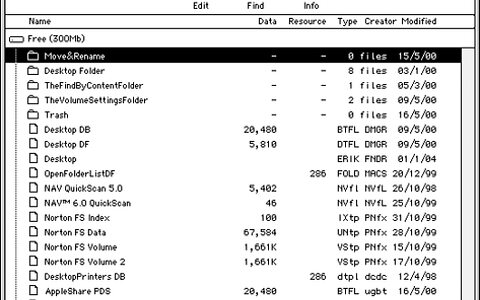
This month Vic Lennard explains how to defragment your hard disk and discovers an impressive MP3 encoder.
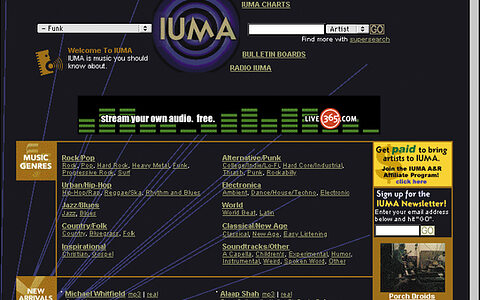
The Internet continues to offer new opportunities for artists wanting to promote their music to a worldwide audience. Simon Trask looks at who is distributing music over the Internet and the attitudes towards this new distribution medium.

Martin Walker suffers the consequences of a major hard disk failure, and attempts to recover his valuable data...

Derek Johnson finds that a picture plays a thousand notes with Fractal Music Composer.

We turn our attention to the effects that can be achieved when subtractive synthesis components are applied not to the output from oscillators, but to real-world sounds — such as human speech.
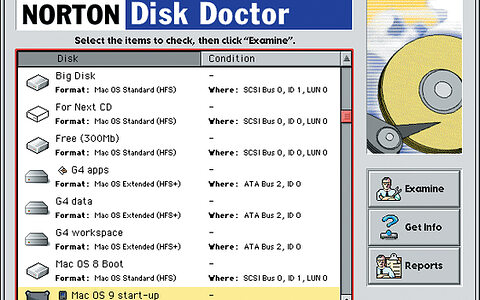
The MacOS 9.0.4 updater is here — but will it suit everyone? Vic Lennard does a bit of pre-trouble shooting...

Veteran guitarist Carlos Santana's 1999 comeback album Supernatural has been a sales phenomenon in the US album charts. Richard Buskin spoke to engineer Glenn Kolotkin, whose association with Santana goes back to his classic albums of the '70s.

With the growth of digital television and affordable solutions for recording audio to picture, many musicians are keen to get into writing and recording for visual media. In this introduction to the series, Hugh Robjohns investigates basic working methods and suggests some system requirements.

With Hinton Instruments' AudioCalc, your Atari can earn its keep helping out with essential computations in the studio. Derek Johnson finds it all adds up...

Although 'Money' took new British R&B star Jamelia into the top 5 at the age of 17, her apparent overnight success was built on more than a year of hard work by producer Colin Emmanuel. Sam Inglis uncovers the story behind the single.
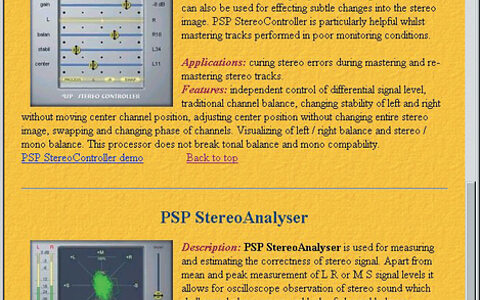
Now that so many plug-ins are available for free or cheap and easy download on-line, it's possible to build up an impressive arsenal of virtual effects without hurting your credit card. Martin Walker homes in on some of the most interesting products on offer for Mac and PC.
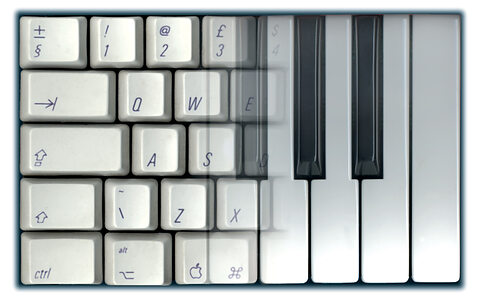
Computer-based MIDI + Audio sequencers have been popular for several years now, but some people have never been entirely happy using a digital rodent to control their main recording hardware. John Walden looks for ways out of the mouse trap by using key commands in Emagic's Logic.